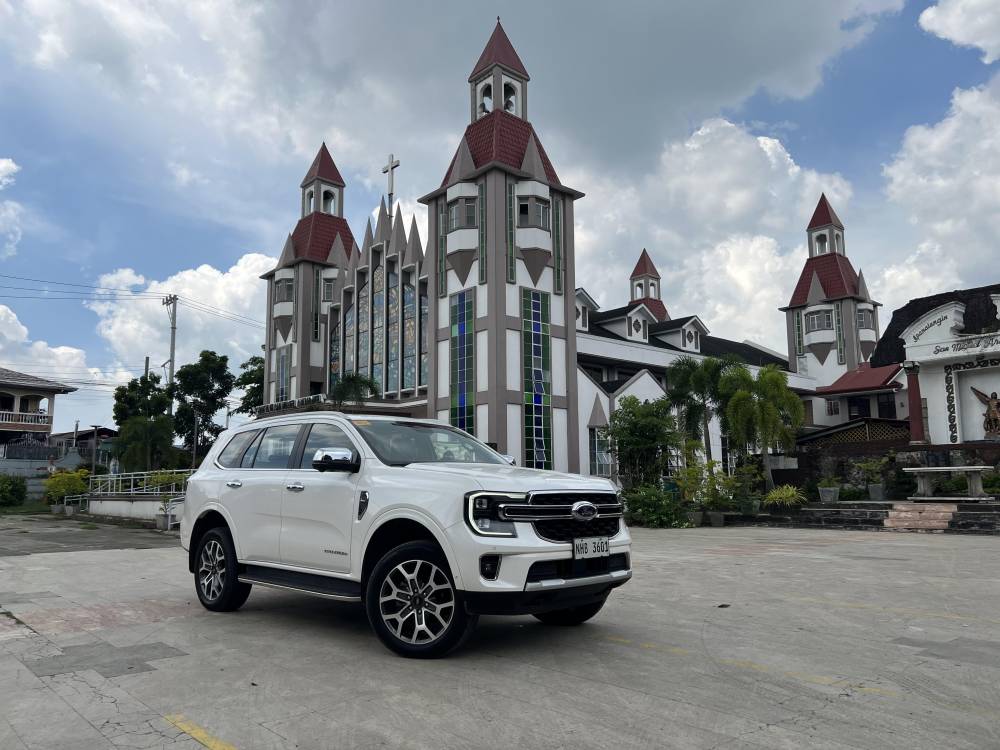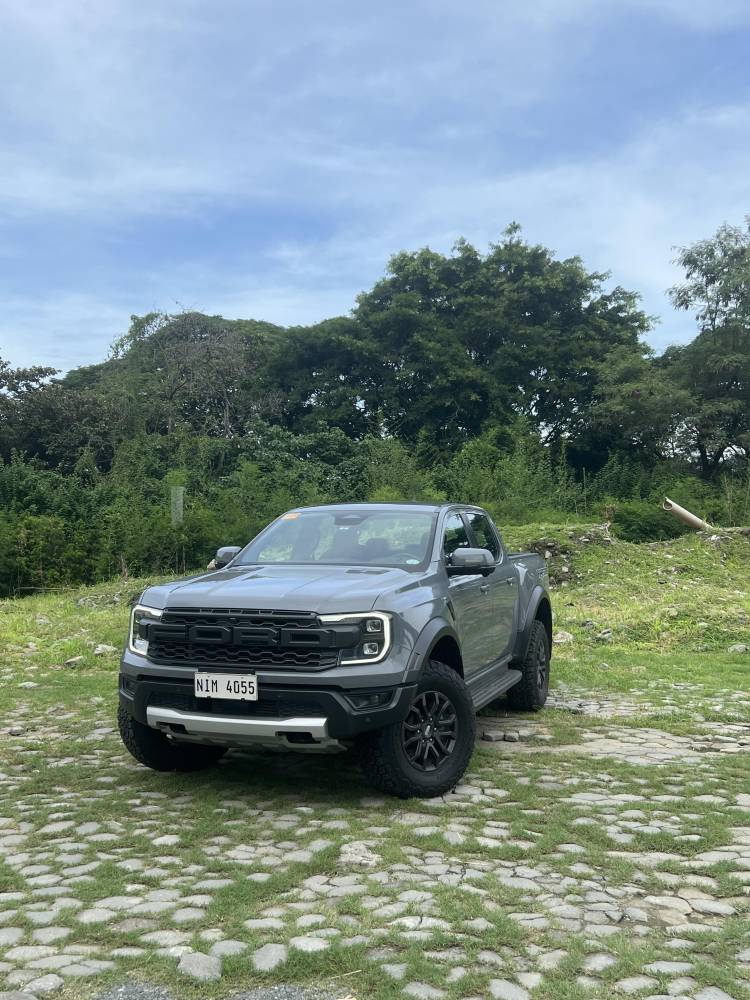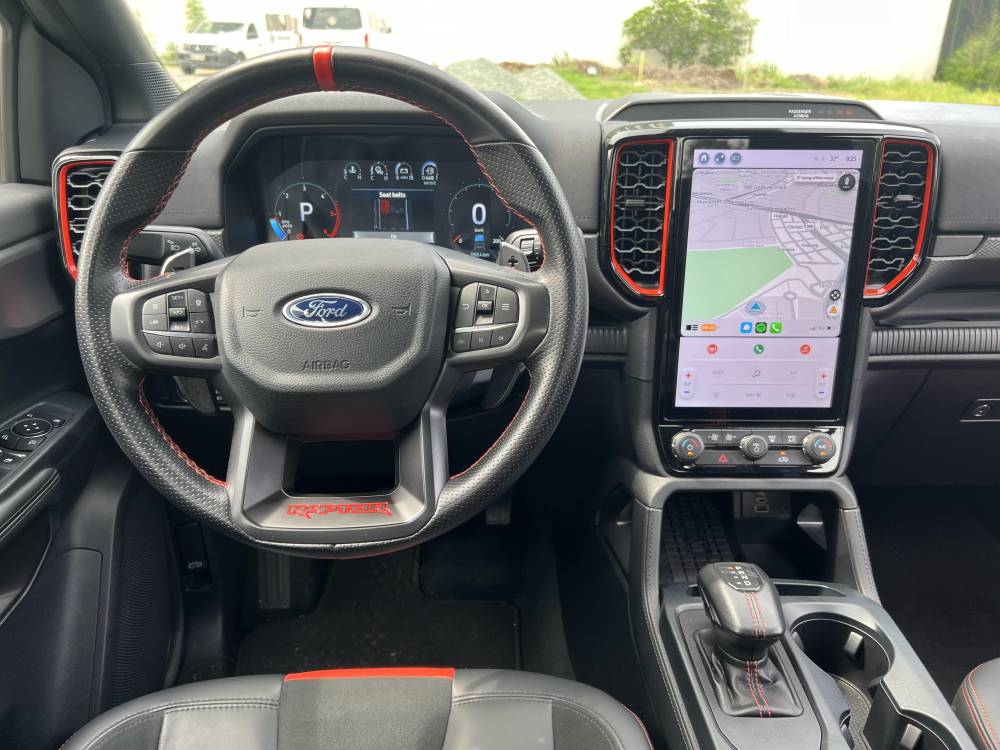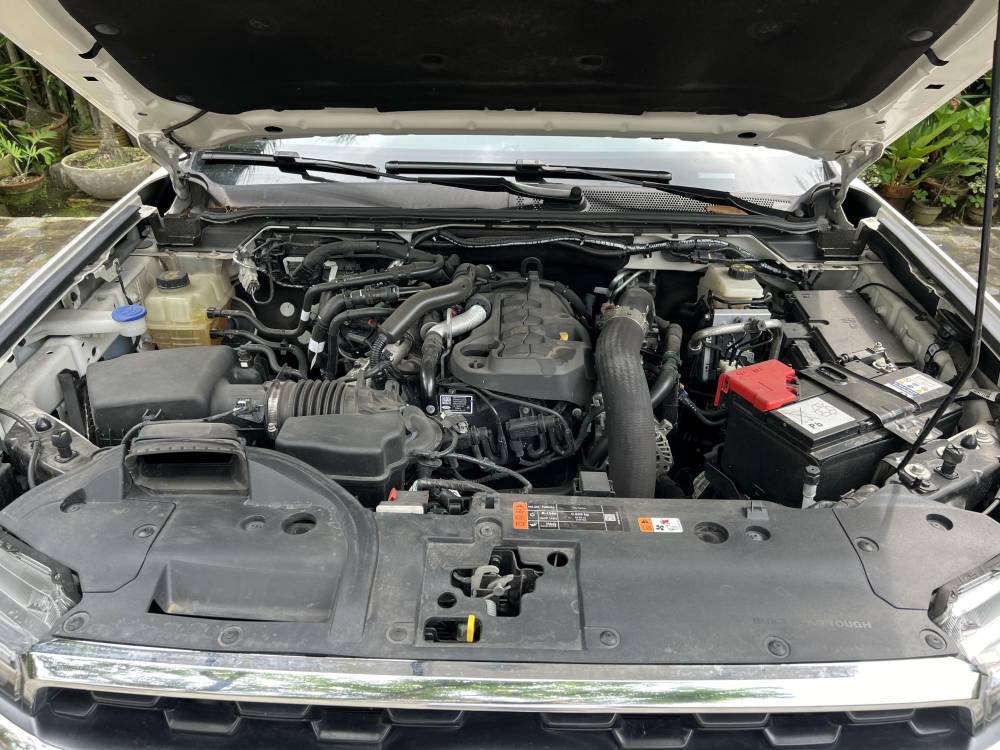Adventure driven

Ford’s tagline is ‘Built Ford Tough’
I can hear dissatisfied Ford customers snickering in the background but bear with me: as long as they are working properly (which they did while they were in my care), these Fords are truly the best trucks to own and use particularly for your out-of-town adventures.
First, they are very good. The Ranger Raptor and Everest Titanium have arguably the best powertrain combination in their respective segments: the 2.0 liter twin-turbo inline 4 CRDi diesel of a nuclear reactor outputting a heady 210hp and 500 Newton-Meters of torque. It is mated to the Ford-GM co-developed 10R80 10-speed transmission also utilized in other cars like the Mustang muscle car, Expedition and Explorer SUV’s and the venerable F150 full-size pick-up among others. Of course it has 4-wheel drive with a low-range transfer case, and locking differential for better traction in very rough stuff. Of course you get Ford’s highly impressive Terrain Management Software. Think of it as a hack or a cheat-mode for off-roading, where technology replaces skill and experience. I’ve tested it in the previous generation Raptor and it truly works far better than I could ever manage!
The interior for both is also packed with tech: the impressive Ford SYNC 4A infotainment system is standard, highlighted by the huge tablet-like 12-inch LCD screen that has both Apple CarPlay (wireless for the Raptor) and Android Auto, USB Type-A and Type-C outlets, Bluetooth with 8 speakers for the Everest and 6 speakers for the Raptor for a full-on concert.

Both trucks also have seven airbags, traction / stability control, ABS-EBD brakes, ISOFIX child seat tethers and a 360-degree camera for making parking easier, with front and rear sonar sensors further guiding you to slot in wither massive truck into tight parking spaces. Both Fords also come with a plethora of advanced driver assistance aids such as Hill Start Assist, Rollover Mitigation, Hill Descent Control, Tire Pressure Monitoring, Autonomous Emergency Braking, Pre-Collision Assist, Forward Collision Warning, Lane Departure Warning w/ Lane Keep System, Blind Spot Indicators w/ Rear Cross Traffic Alert, Driver Alert System and Active Park Assist 2.0. These safety and convenience features alone almost justify the substantial price hike considering they are essentially the same platform as their predecessor, albeit substantially polished, the edges smoothened off for a more refined overall vehicle.
On the open road, and especially on long drives, the two Fords drive very well. Their light and easy controls make long stints behind the wheel painless and hassle-free, imbibing you confidence when you need to maneuver through tight inner city roads. But their size and girth gives you a feeling of stability and therefore confidence on the highway. The steering feels accurate and despite being light, doesn’t feel nervous, the suspension soaks up all the big bad and nasty bumps. We took my sister-in-law and my niece for her first long drive and she slept soundly throughout the drive in the Everest. We took the Everest to Bulacan, then Rizal to pick-up and drop off some car parts for my project car then went to the boundary of Quezon and Laguna Provinces the next day. The Goodyear Wrangler Territory H/T tires have excellent comfort, control and refinement despite their massive 255/55R20 size.

Then we took the Raptor to Cavite bordering Batangas. Both trucks delivered exemplary fuel consumption, with the Everest managing a best of roughly 8.5km / liter combined city and highway, with the Raptor a slightly poorer 7.9km/liter combined, maybe because the suspension just smoothened everything out and allowed me to keep the throttle down more of the time.
The Raptor in particular with its Fox long-travel suspension feels very sporty on the paved stuff in particular while swallowing all the very harsh bumps. It also has in fact a Baja Mode specific to the Raptor for super fast driving on the rough stuff, which is truly where the Fox shocks shine. Perfect if you’ve ever driven on dry lahar beds up north! And despite riding on stiff and aggressive BF Goodrich KO2 AT tires sized 285/70R17, it rides on smooth tarmac through fast winding roads confidently. Steering for both are also very strong: slightly over-assisted up top but becomes more progressive the deeper you press on the pedal.
Both outstanding trucks, but a few foibles keep them from becoming truly amazing: first are the seats. Whatever me, my wife, my sister-in-law and my friend who co-drove for me did, we found the seats, particularly the front seats very uncomfortable. There was an unusually large amount of lumbar support built into the seats which really pushed our stomach out, making it very uncomfortable and for me at times somewhat painful as the incision from my transplant was being pushed outward by my stomach. Never felt like this in any other car I have ever driven.

Second is the noise, particularly in the Everest. On our drive, we could clearly hear the din of the diesel engine. It wasn’t particularly loud, but felt intrusive nonetheless. So much so that we would often just give up a conversation because it felt tiring talking over the din of the diesel engine. Maybe the Everest needed servicing? Maybe better lube to keep it quiet? Our windows were definitely not open because we drove througha downpour and didn’t get any interior leaks.
Lastly, the size. Its significantly bigger, particularly wider it seems than its competitors. Driving in Bulacan, we had to pass through some tight inner roads going to farmland. I was following a Montero Sport and Innova and they had no trouble on the narrow 2-lane road. But with me, every car coming the opposite lane slowed down and inched to the shoulder, as I did in the Everest.
Foibles aside, if you do a lot of long drives in difficult terrain and weather conditions, it’s very tough to beat the Ford duo with its technology and attributes. Everest if you carry people and precious cargo, and Ranger Raptor if you like to rock and roll on the rough stuff.


















